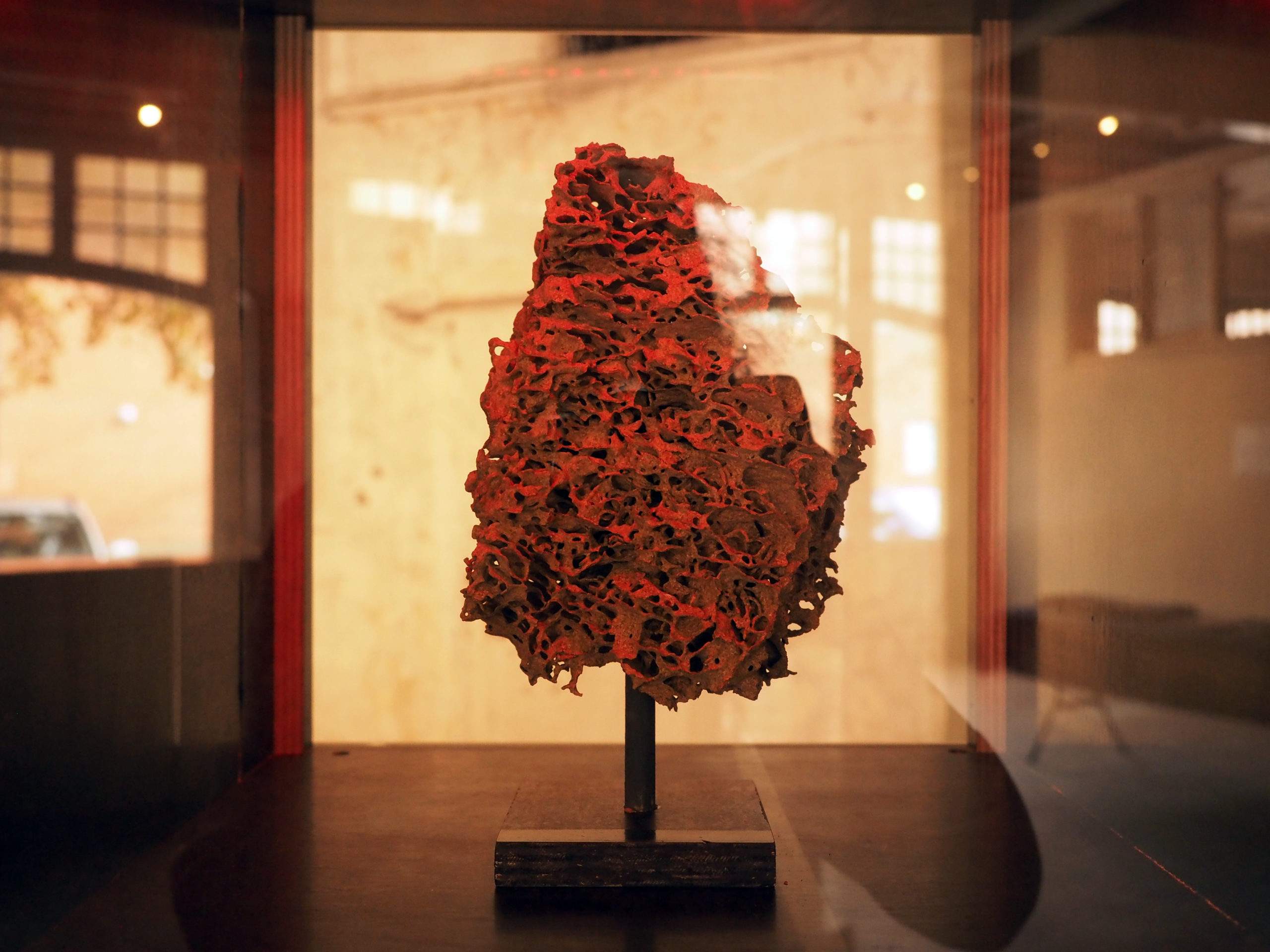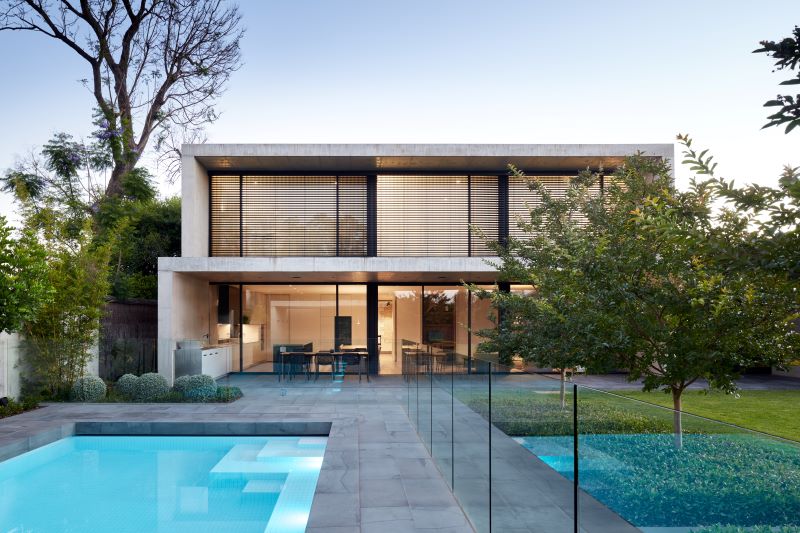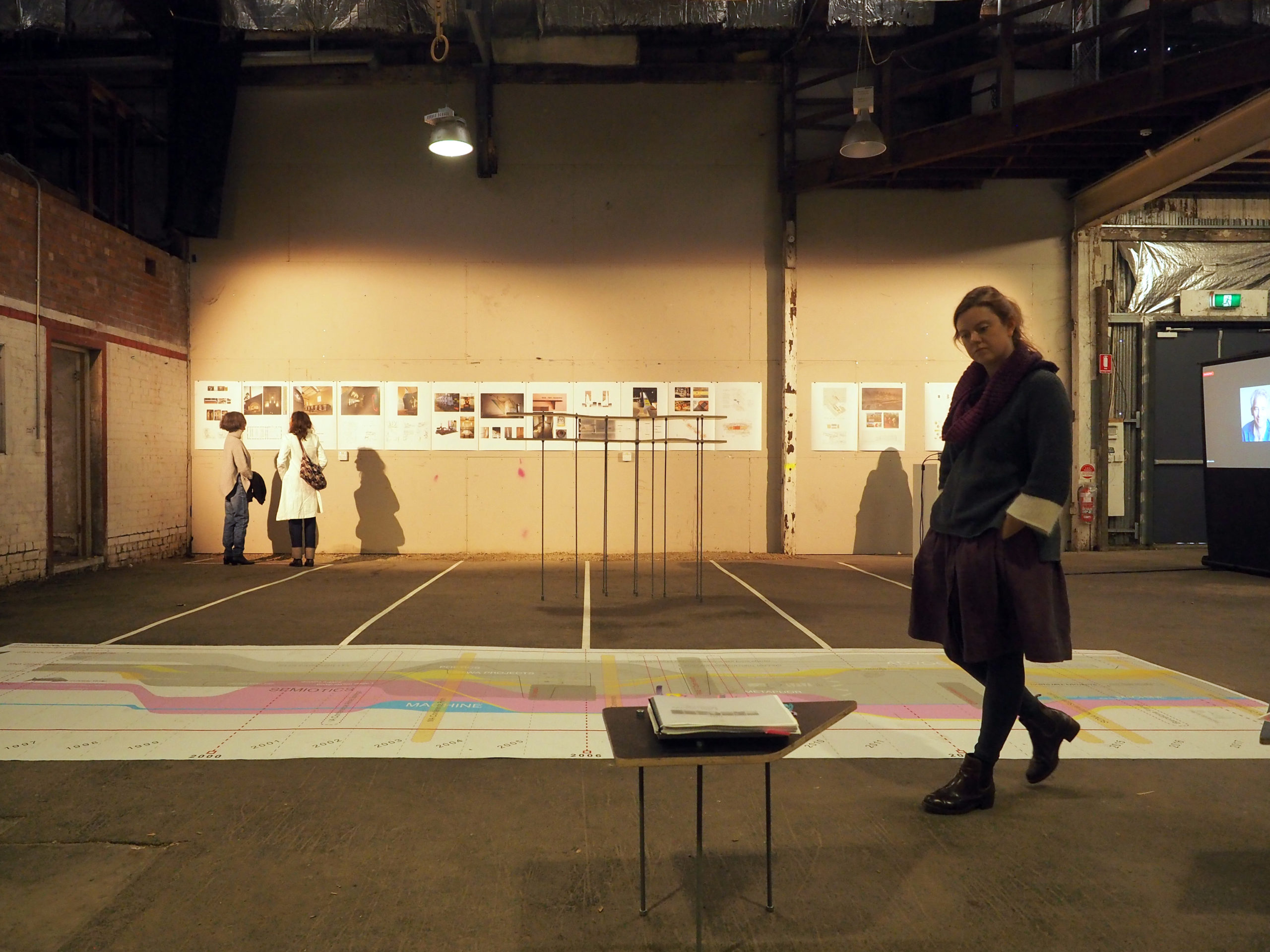Following the intense period of activity that gathers around the annual Awards program, it is useful to reflect on what has been the effect of our efforts – both as the Institute collectively and through our own practices. This year’s activity has been complicated by the overlay of changes of government, State and Federal, and significant focus has been the engagement with new ministers and their administrations toward understanding mutual objectives and making sure we are part of the conversation. We have some clear objectives around housing policy and decarbonisation and making that evident to policy makers is a significant part of the Institute’s responsibility. The outcome of our Awards program forms a useful tool in in these ongoing discussions. While there are many ways to think about them, the winners reflect our collective position on what represents good architecture and design, and this body of work is something we can point to within these discussions. They are the tangible evidence of our advocacy positions and through those buildings and projects, their images and the words that frame them allow us to underpin our position.


Looking more closely at the awards, and contemplating some of the more detailed threads, one of the important resonances I think, has been the number of practices submitting work that is built upon the clear history of a robust design approach. I won’t specifically name any practices or projects but having seen repeated participation over many years, these seem to me to reflect a maturity and sophistication that emanates from a refined and well-understood philosophy, approach, and craft. Balancing self-awareness with experimentation lies at the core of good design and successful architecture, but within the context of everyday business practice, the time for reflective investigation is not always in reach.
Over the last few years, I have been lucky enough to undertake a PhD by practice through Adelaide University’s School of Architecture and Built Environment’s Design Research Collective (DRC) program. Where I say lucky, others might describe as foolhardy given the everyday pressures of practice, and there have been occasions when I have fallen into that camp. But now heading toward the culmination, with a view to the past, the gains far outweigh the drawbacks. Within the context of Continuing Professional Development, the DRC programme is perhaps an extreme response, but this is a longer-term strategy with research being undertaken through our real-time commercial studio projects, focusing on spatial storytelling. It offers a framework that formalises the time needed for reflective research which may not otherwise be available (or I would be too distracted to follow through with.) The other aspect worth mentioning is the communities of practice; the other practitioners from around the country taking part in the programme; understanding the similarities of approaches, issues and objectives.
The main objective being that the work that emerges has a clarity and a depth evident in some of those projects noted in the awards. In turn this provides a platform for a refined trajectory and hopefully, energised engagement. Just got to get that exegesis sorted now…

